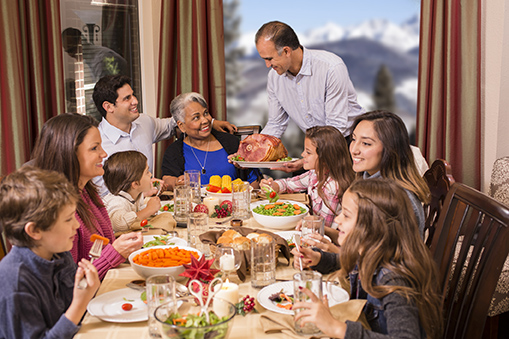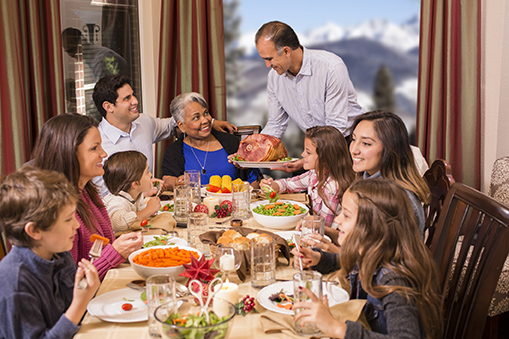
Three Perspectives of Hispanic Retro-Acculturation (Part 2): A Teenager Reconnects with His Hispanic Heritage
Filed Under: Generations, Hispanic / Latino, Multicultural
Ana Villodres
Senior Director, In-Person Qualitative Research
In our first blog in our Hispanic retro-acculturation series, we learned how becoming a new mom inspired Cynthia Schaffer to think about how she would pass along bi-cultural identity integration to her daughter. Here, you’ll read how Ana Villodres inspires her teenage son to reconnect with his heritage.
I was born in the Dominican Republic, raised in Spain and Colombia, and moved to the U.S. with my husband in my twenties. I consider myself Colombian and American. I’m lucky I had the opportunity to choose the best each of these cultures has to offer. I’m a mom to three kids who are bicultural Hispanics born in NYC, so they are New Yorkers, but they are also Colombians.

At home, we enjoy Colombian food, listen to Shakira and Carlos Vives, and follow Colombian soccer. We also visit our family in Colombia and enjoy vacations there. The only time my kids are conflicted is when Colombia plays a soccer match against the U. S.; they have a tough time choosing which team to root for – they don’t want to choose!
There are moments when my kids are more American than Hispanic; they don’t like to speak Spanish; even though that’s all I speak at home, and they understand 100% of it. Most of their friends aren’t Hispanic, and their academic and social life is in English, so Spanish doesn’t come as naturally to them. So, while they are bilingual, they don’t speak Spanish often. For example, they will typically only speak Spanish when we visit our family in Colombia or at home, and I make them talk to me in Spanish.
But I started to give up on my “Spanish speaking” quest; I didn’t want the language to be a reason for conflict among us, so our unspoken agreement is that I speak in Spanish, and they reply in English. I am OK with that.
During the summer, something magical started happening. For the first time, my 14-year-old son, Lorenzo, began naturally replying to me in Spanish! Even though he self-identifies as American, he realized that his ability to speak Spanish goes beyond talking to grandma when he visits Colombia. He is proud of his improvements and realizes that Spanish is part of his identity and that speaking two languages is a choice and a gift he wants to continue to explore and use.
In addition, connecting through language and feeling the need to reconnect with Hispanic culture gives my kids a sense of belonging. I know this feeling isn’t unique – many Hispanic families are facing similar experiences.
For me, that sense of belonging happened when my dad passed away – I have felt the pull and need to return even more to my Spanish roots. I went to Spain and walked along the streets; when we lived in Madrid, he and I often walked together. To keep his memory and my roots close to me, I am now watching more Spanish movies and eating more Spanish food. Retro acculturation doesn’t have an age; it could start when you are a teenager like my son, or an adult like me. It is a journey, and it is never too early or too late to start your trek.
In the last of this three-part blog series, you’ll learn how a husband’s desire to connect with the parents of his soon-to-be wife inspired him to learn the language and emerge from acculturated to bicultural.
explore featured
Case studies

